The Sarcophagus of Sety I
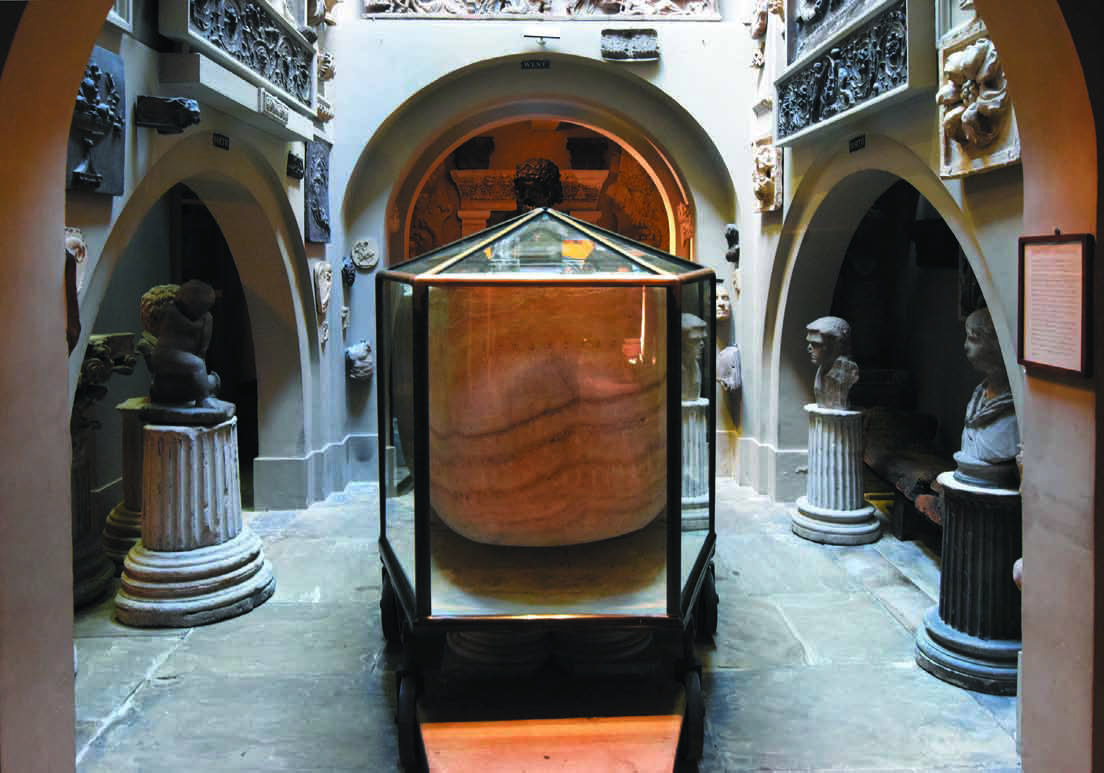
Geoffrey Lenox-Smith takes a closer look at the pièce de résistance of Sir John Soane’s collection in London.
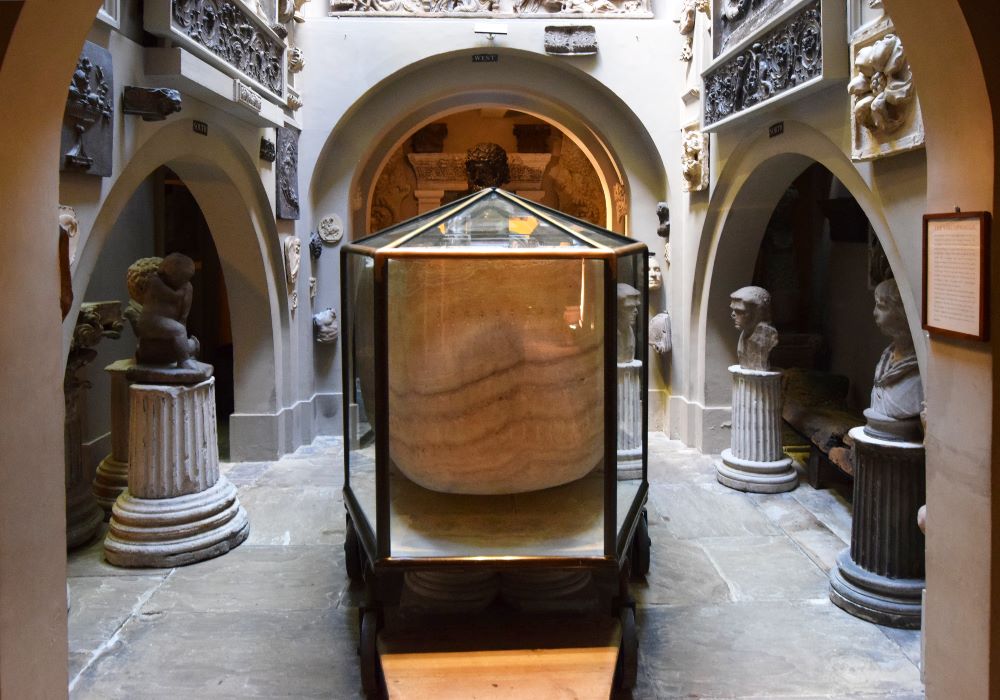
In October 1817, while working for the British Consul General Henry Salt, former circus strongman Giovanni Belzoni discovered the tomb of King Sety I – the longest, deepest and most magnificently decorated tomb in the Valley of the Kings. The tomb had been ransacked in antiquity, with Sety’s mummy removed for safekeeping by priests during a later period of unrest, but Belzoni still found several items of funerary equipment when he entered the tomb, including shabti figures (as described in AE103), a mummified bull, small wooden statues of deities and the most impressive object: the stone sarcophagus.
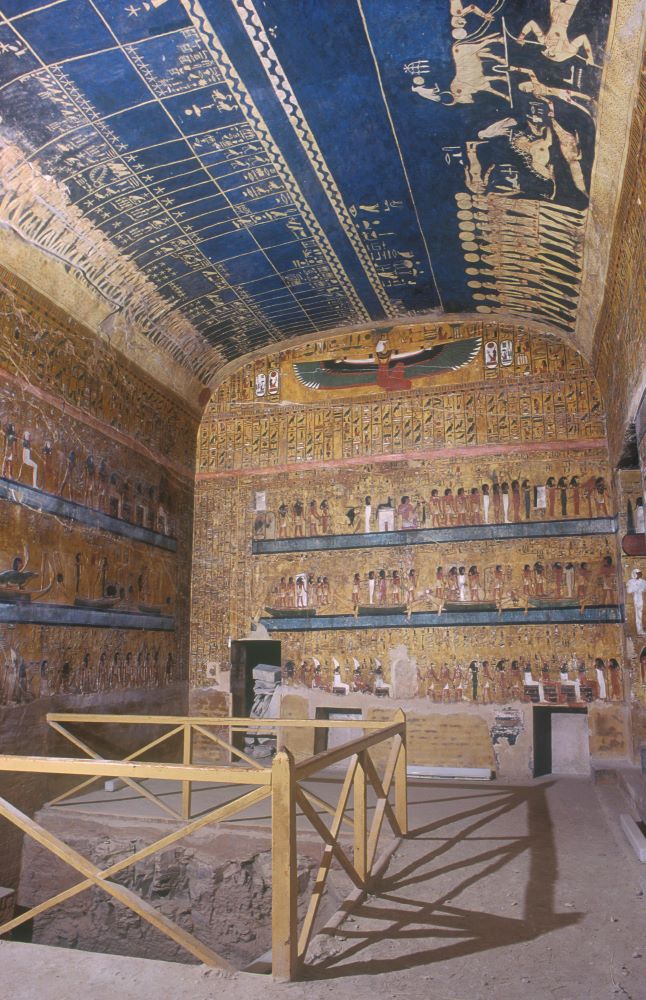
The sarcophagus was found in the beautifully decorated burial chamber. It is made from a single block of calcite, probably from the quarry at Hatnub near Amarna in Middle Egypt, and is approximately 2.8 metres in length and 1.1 metres wide. The lid would also have been made from a single block of calcite, but it appears to have been taken out of the tomb and smashed by the tomb robbers, since Belzoni found fragments of it near the tomb entrance. (These fragments are held by the Sir John Soane Museum but are not on public display.)
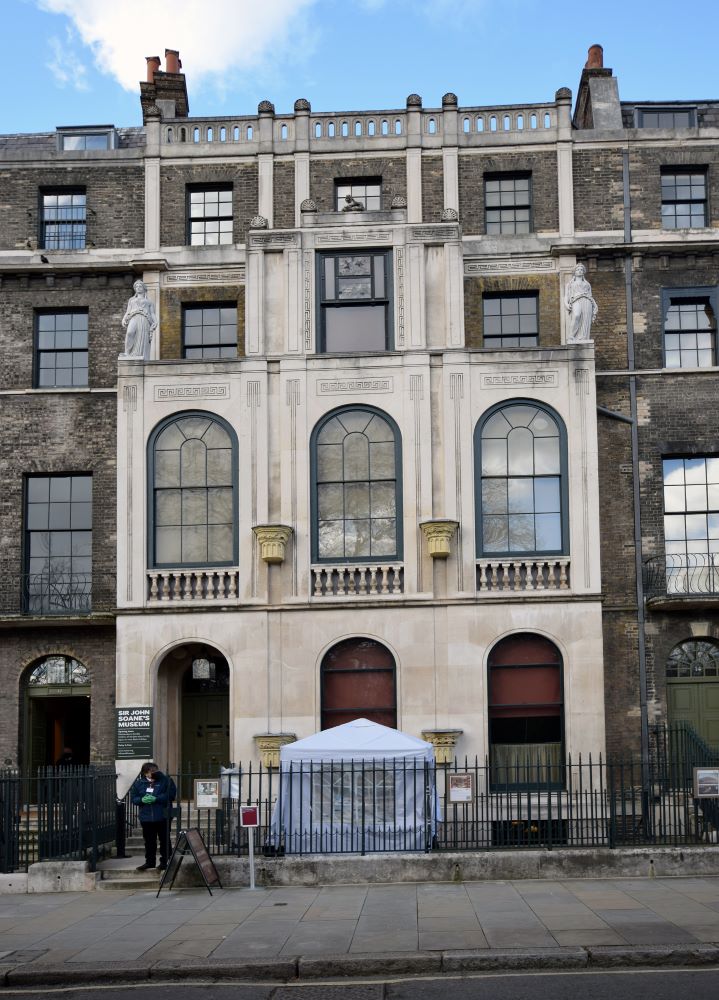
It is interesting to consider what other mummy-cases would originally have protected Sety’s body. For example, in the somewhat earlier tomb of Tutankhamun, the stone sarcophagus contained three nested coffins of wood and gold and was surrounded by four gilded wooden shrines. When Sety was reburied for safekeeping at the end of the New Kingdom, he was placed inside a wooden coffin which may or may not have been part of his original burial. Since Belzoni found no trace of coffins or shrines within Sety’s tomb, it is hard to draw definite conclusions.
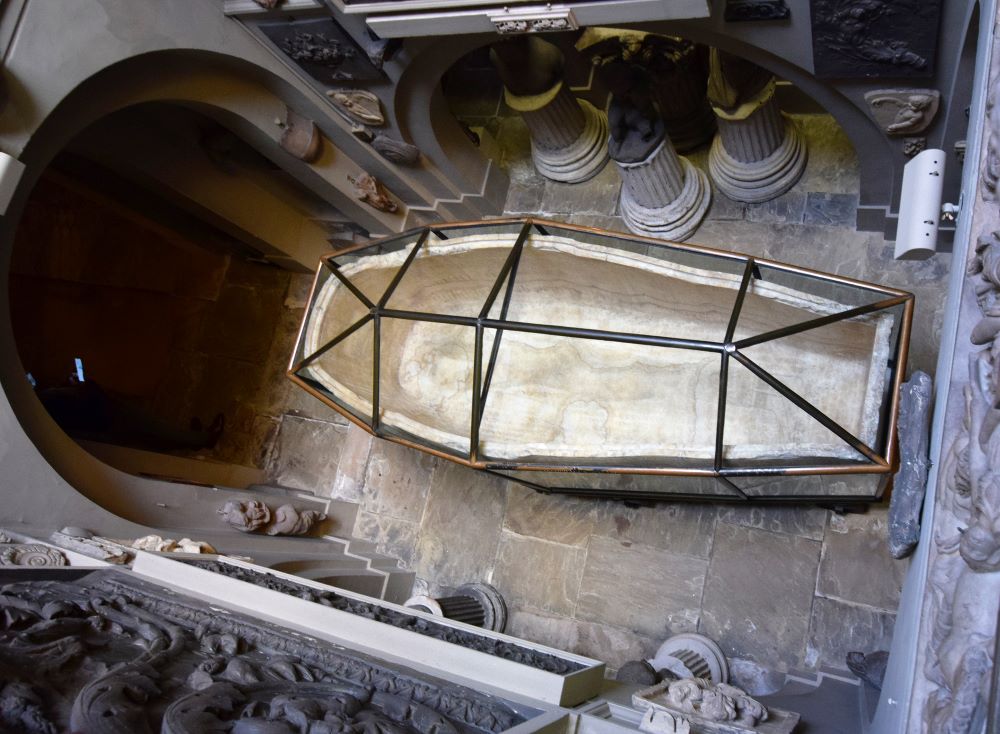
Purchase by John Soane
Belzoni’s finds were added to Henry Salt’s collection, trans- ported to England and offered for sale to the British Museum. Unfortunately, negotiations between Belzoni, Salt and the museum did not go well. In the end the British Museum bought the collection for £2,000 but rejected the Sety sarcophagus, since no price could be agreed. At this point John Soane, a leading London architect, offered to buy the sarcophagus for £2,000 – his offer was accepted. The sarcophagus was installed in his house in Lincoln’s Inn Fields in May 1824 but was too large to fit through the front door, so a ‘wide opening’ was made at the back of the property through which the precious cargo was carried in and then lowered into its place in the ‘sepulchral chamber’ in the basement, where it remains today . Fears that the surfaces were being damaged by visitors touching them led to the sarcophagus being enclosed within a glass case in 1866.

John Soane was knighted in 1831 and continued to collect antiquities, paintings and objets d’art throughout his life. On his death in 1837, he left his house and its contents to the British nation, requiring that they should be preserved as nearly as possible as they were when he died. Sir John Soane’s Museum operates to this day, with Sety’s sarcophagus the star attraction.
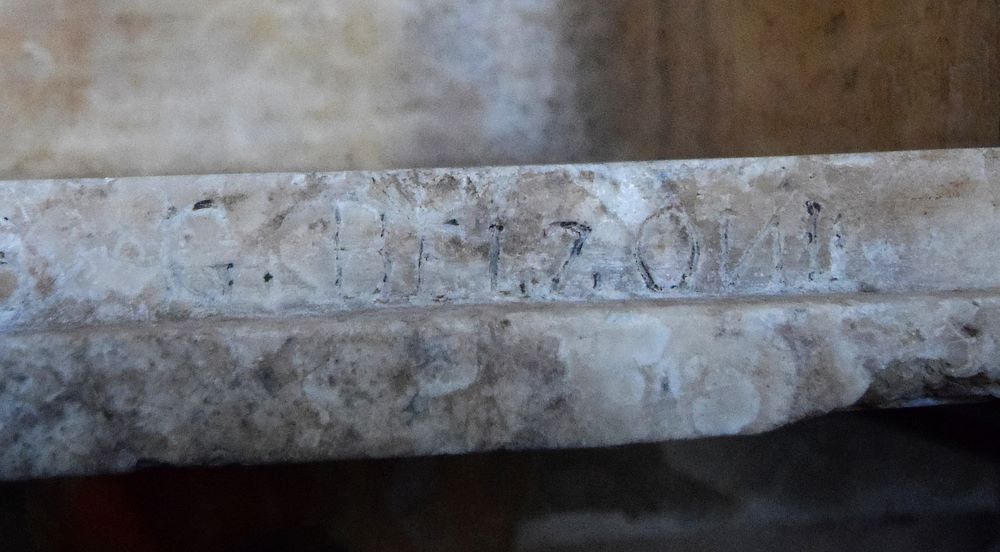

Sarcophagus Decoration
The surfaces of the sarcophagus, inside and outside, were lavishly carved with religious texts and images, mainly from the Book of Gates, describing the nightly journey of the sun-god through the underworld as he passes through twelve gates, each representing one hour of the night, before successfully rising again at dawn the following morning. Beginning at the foot of the sarcophagus, the hours of the night proceed first around the outside. Hours 6, 7 and 8 would have been depicted on the lid - some scenes from these hours can be identified on the fragments that remain. Hours 9 to 12 are on the inside surfaces, culminating in the final scene of the sun’s rebirth at dawn, placed next to Sety’s head to have the most powerful impact. By identifying himself with the sun-god, Sety hoped to share in this daily rebirth so that he would successfully rise again in the afterlife.

On the top surface of the sarcophagus trough, at the foot end, the name of G. Belzoni has been carved in capital letters. Strangely the letter N is reversed – some commentators have suggested that perhaps Belzoni’s wife Sarah might have carved this because she sometimes wrote the N backwards.
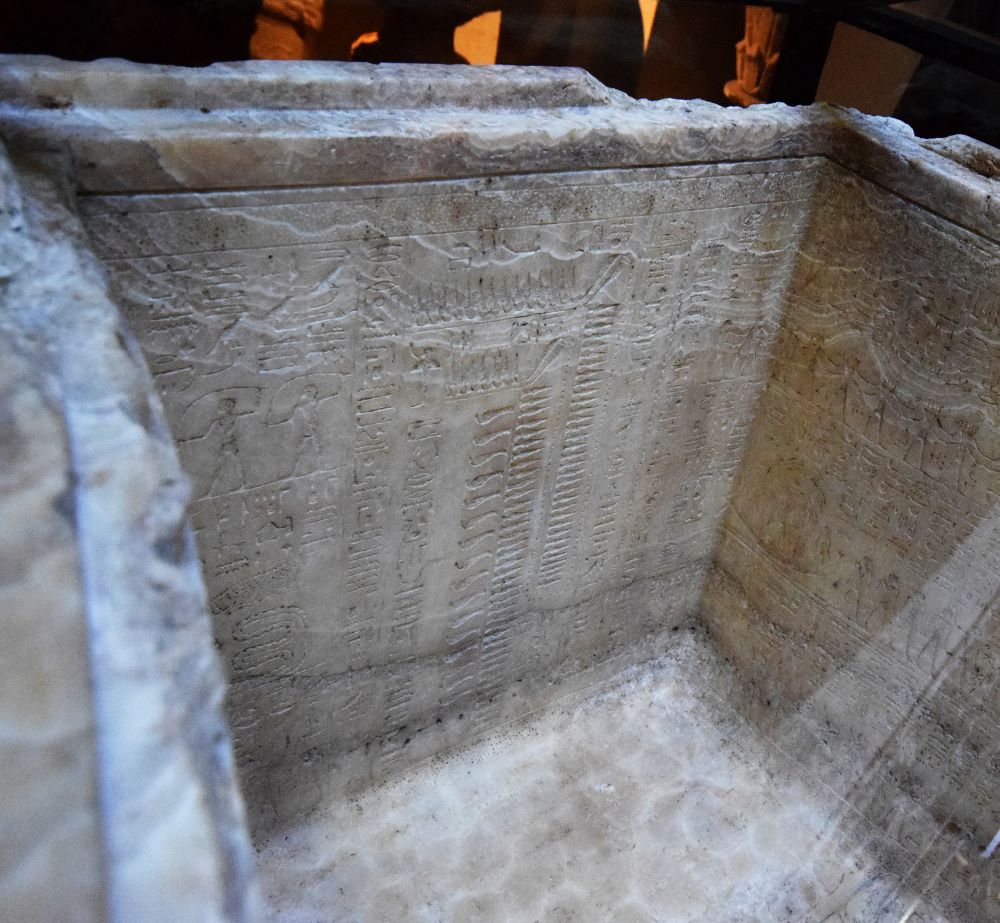
Sadly, the London climate has not been favourable to the sarcophagus. When Belzoni discovered it, the calcite was brilliant-white while the texts and images retained much of their blue pigment (‘Egyptian blue’). Two hundred years later, the calcite now has a red tinge and almost all of the original blue colouring has gone.
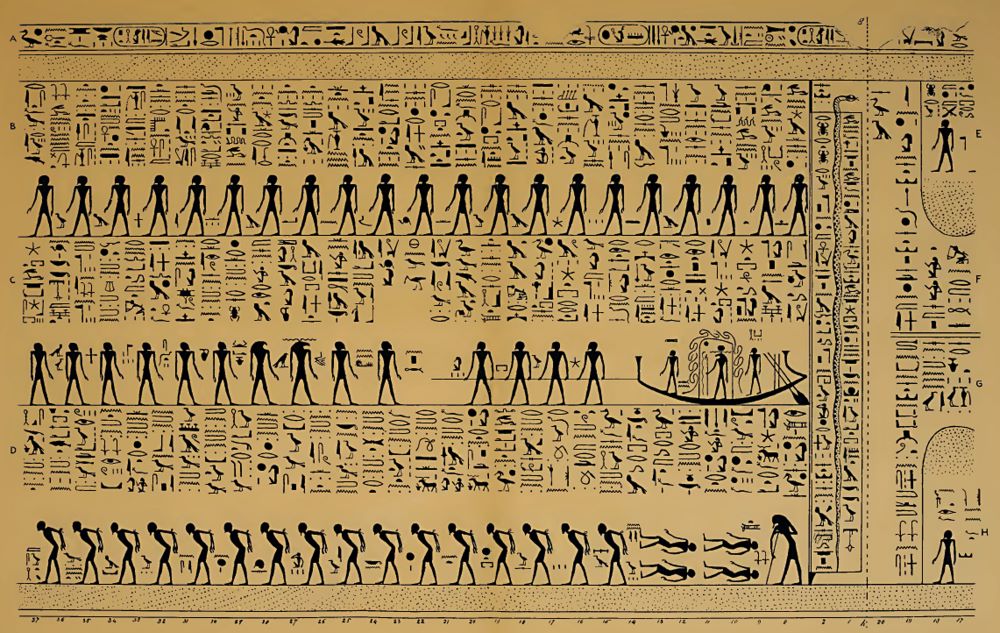
Scenes from the Book of Gates
In spite of this, it is still possible to make out the details of some of the scenes. On the exterior face at the foot of the sarcophagus, the sun-god, portrayed as a scarab beetle on the solar disk, starts his journey on the solar boat. He is surrounded by a protective snake with its tail in its mouth to complete the circle of protection. He is accompanied by Sia (knowledge) at the prow and Heka (magic) at the stern, powers he will need to call on to defeat the perils ahead. The dotted areas at the top left and bottom left of the scene represent the sandy banks on each side of the underworld river on which the solar boat is travelling. Pairs of figures kneel beside poles on each bank.
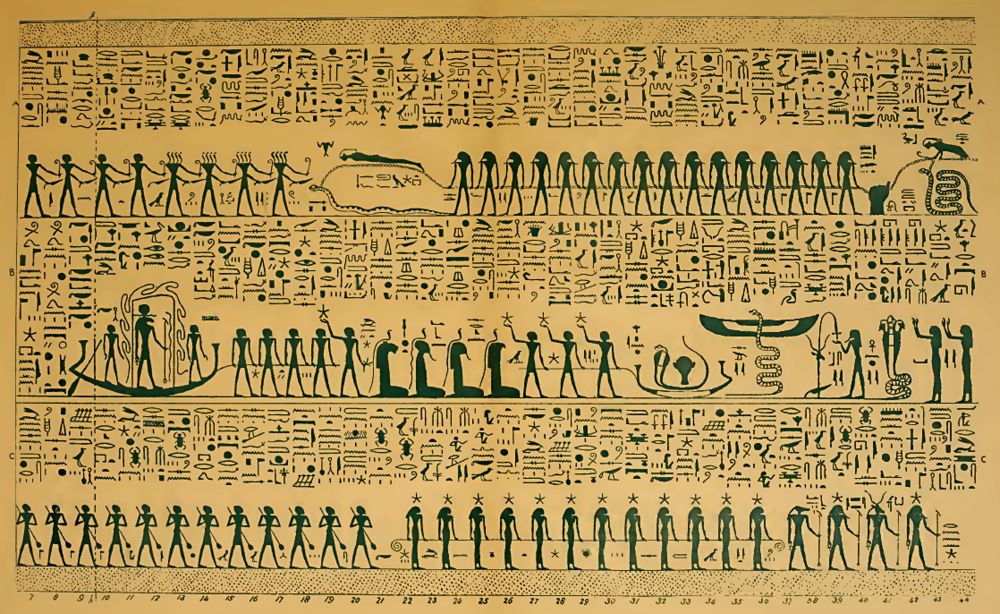
After passing through the first gate, the solar boat continues its progress, towed along by four male figures. The sun-god is now shown as a ram-headed man inside a shrine protected by a coiled snake. In the upper register the standing figures represent the blessed dead who live according to Ma’at. In the lower register are the enemies of Ra who suffer for eternity.
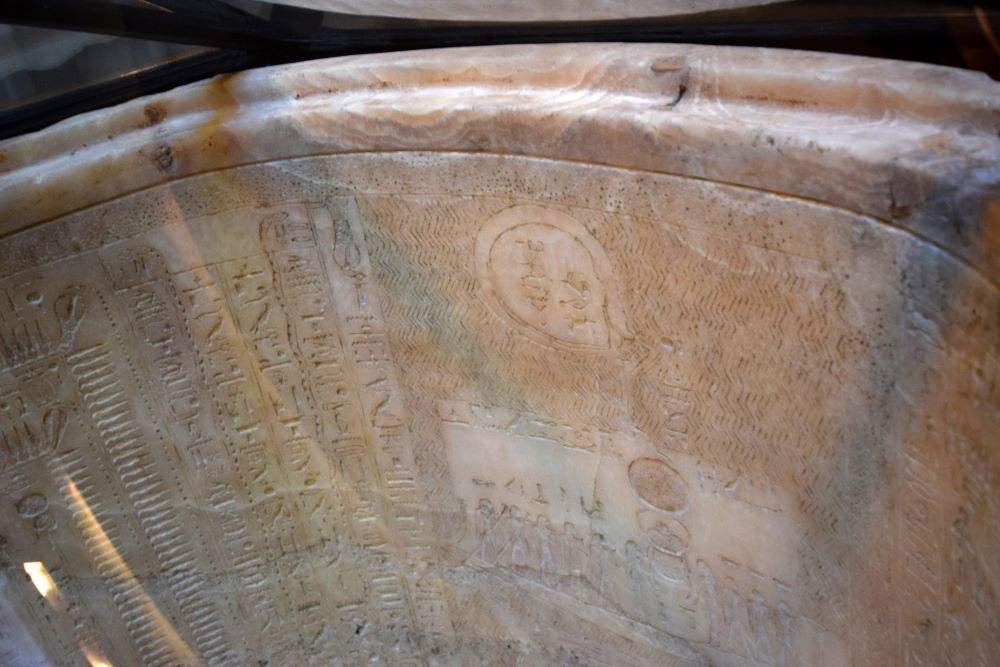
By the end of the tenth hour, the scenes have reached the interior of the foot of the sarcophagus. The snake enemy Apophis has been vanquished, his coils visible and the solar boat can pass through the tenth gate. In the eleventh hour the boat continues to be towed along; it is now approaching the end of its journey, the sky at dawn.


Beyond the twelfth gate, the scenes have reached their conclusion at the interior of the head of the sarcophagus. The god Nun raises up the solar boat (seen in the Osirion in AE124). The sun-god has become the scarab beetle again, signifying the sun at dawn. He lifts up the disk of the sun which is received by Nut, the goddess of the sky. She in turn is standing on the head of Osiris, whose feet circle round to meet the back of his head. This powerful scene shows the sun’s rebirth at dawn every morning, a rebirth that Sety wanted to be associated with.
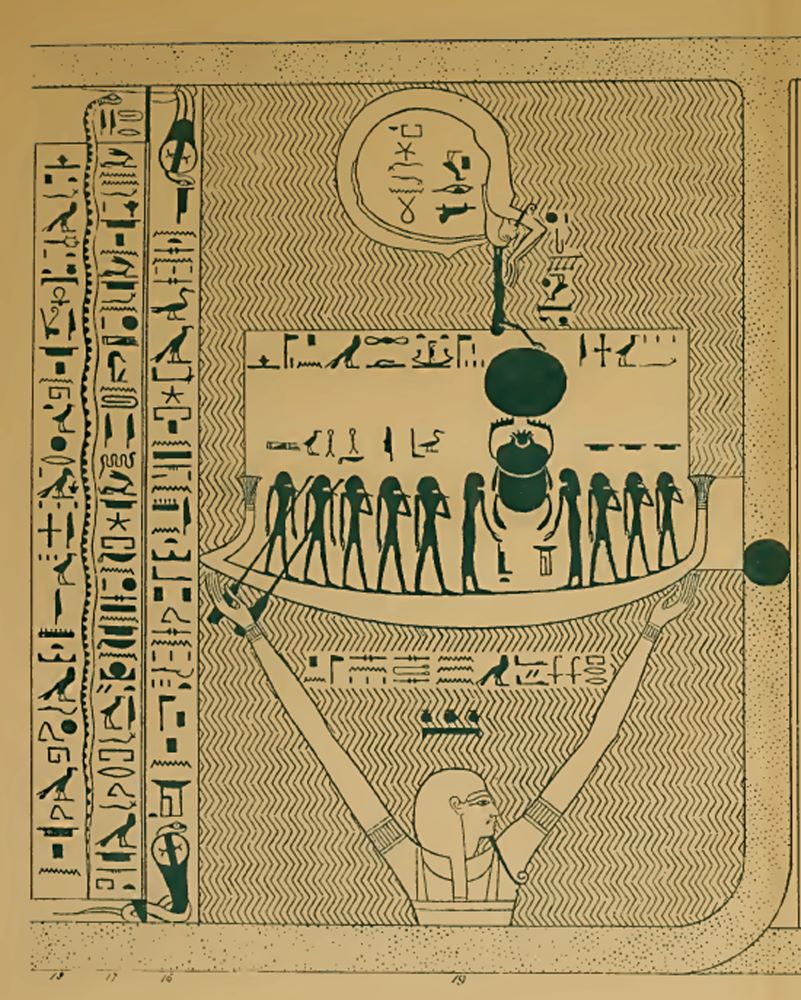
The floor inside the sarcophagus is dominated by a beautiful image of the sky-goddess Nut (see above and magazine cover). She is wearing a tight-fitting dress with a pattern of feathers. Being shown so close to his mummy, she offers further support for Sety’s rebirth in the afterlife.
The Soane Museum
The sarcophagus of Sety I is the crowning glory of the objects exhibited in Sir John Soane’s Museum. Admission to the museum is free. If you find yourself in central London when the museum is open, I urge you to visit this magnificent sarcophagus for yourself.
Geoffrey Lenox-Smith
Geoffrey is a chartered accountant from London who holds the Certificate in Egyptology from Birkbeck, University of London. He is a regular visitor to Egypt.
All photos by the author unless otherwise attributed; line drawings from Sharpe, S. (1864).
Further Reading
Budge, E. A. W. (1908) An Account of the Sarcophagus of Seti I, King of Egypt, B.C. 1370. Sir John Soane’s Museum.
Sharpe, S. (1864) The Alabaster Sarcophagus of Oimenepthah I, King of Egypt. Longman, Green, Longman, Roberts and Green.
Taylor, J. H. (2017) Sir John Soane’s Greatest Treasure: The Sarcophagus of Seti I. Pimpernel Press.
